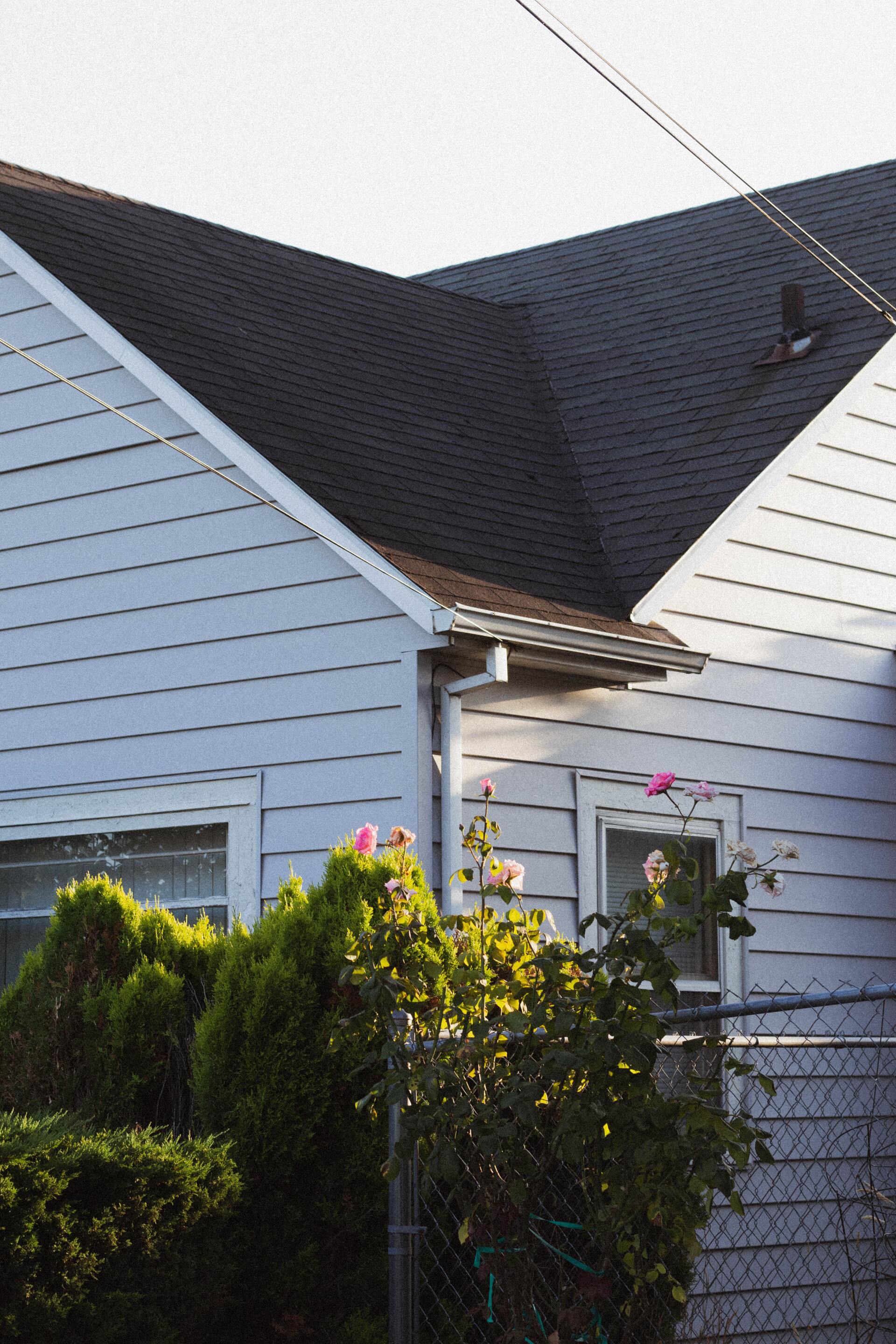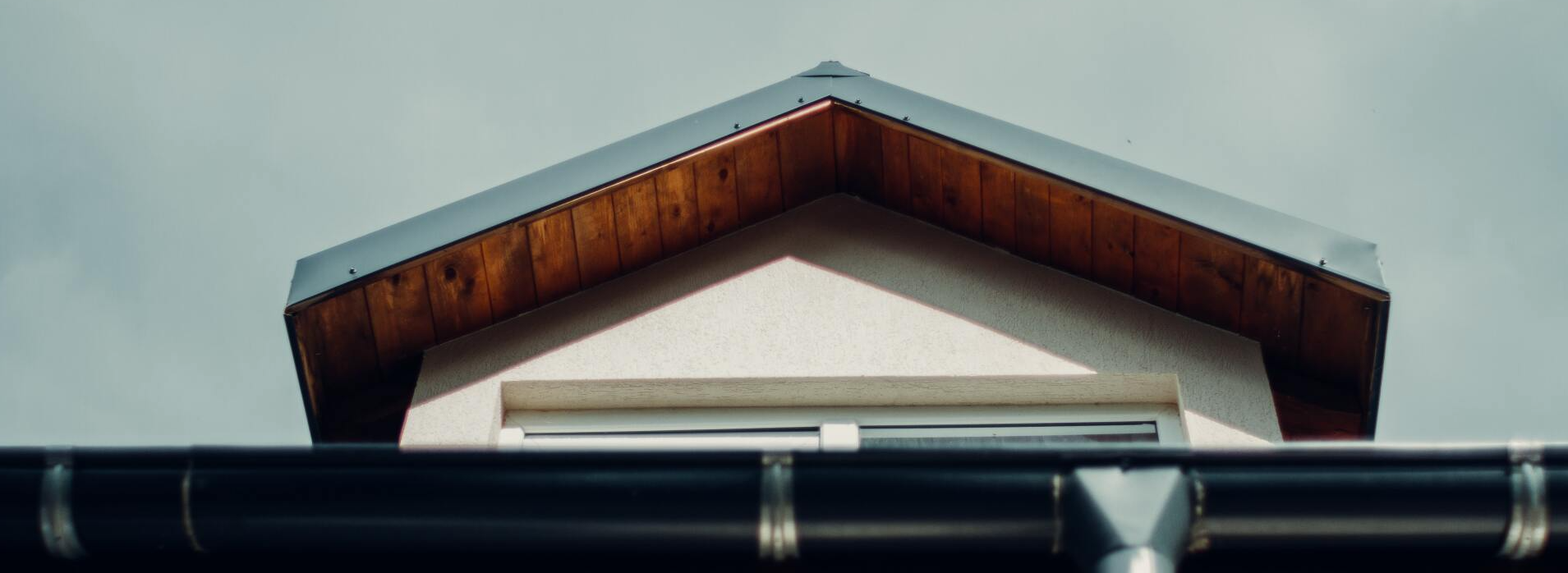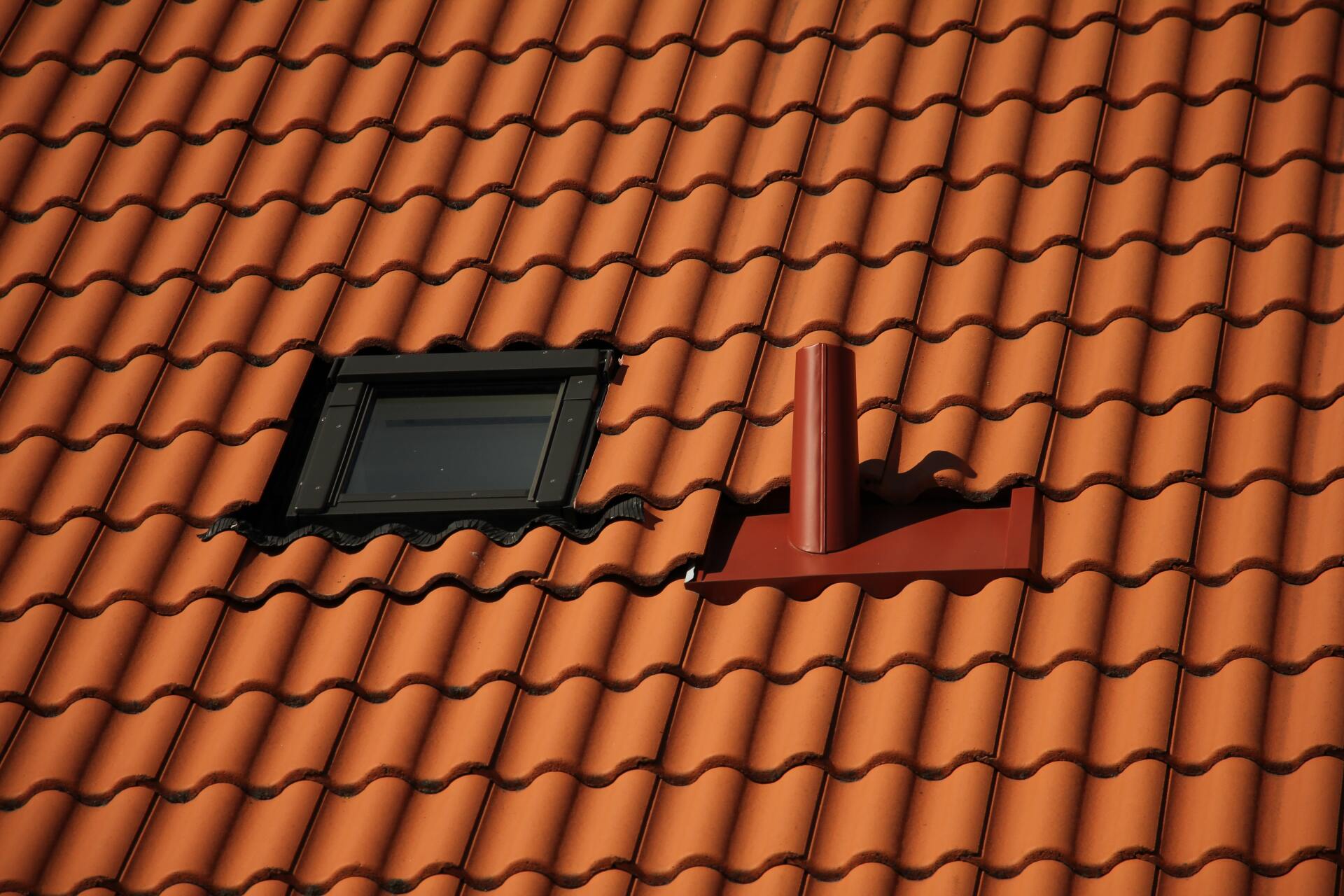Queensland is known for its hot and humid climate, with temperatures often reaching well above 30°C during the summer months. While this weather can be great for enjoying the outdoors, it can also take a toll on your home, particularly your roof. In this post, we'll explore how the Queensland heat can damage roofs and what you can do to protect your home.
UV Rays
The sun's ultraviolet (UV) rays can be incredibly damaging to roofs. UV rays break down the materials that make up your roof over time, causing them to crack and split. This can lead to water damage, which can be costly to repair. To combat UV damage, it's important to choose a roof material that is resistant to UV rays. Metal and tile roofs are great options, as they reflect the sun's rays rather than absorbing them like asphalt shingles.
Thermal Expansion and Contraction
Roofs are constantly expanding and contracting due to changes in temperature. When it's hot outside, the materials in your roof expand, and when it's cool, they contract. This constant movement can cause your roof to weaken over time, leading to cracks and leaks. To prevent thermal expansion and contraction damage, it's important to choose a roof material that can handle these changes. Metal roofs are a great option as they are able to expand and contract without damage.
Moisture Damage
Queensland's hot and humid climate can also lead to moisture damage in roofs. When it's hot outside, moisture can build up in your roof, causing it to become damp and mouldy. This can lead to rot and structural damage over time which can lead to serious repairs like Roof Restorations or Replacements. To prevent moisture damage, it's important to ensure that your roof is well-ventilated. This will allow air to circulate and prevent moisture buildup.
Debris
Finally, debris such as leaves, branches, and other debris can accumulate on your roof during the hot summer months. This debris can cause damage to your roof's shingles or tiles, clog your gutters which can overflow leading to leaks and other issues. To prevent debris damage, it's important to regularly clean your roof and remove any debris that has accumulated.
In conclusion, the Queensland heat can cause a range of damage to your roof, including UV damage, thermal expansion and contraction damage, moisture damage, and debris damage. To protect your home from these issues, it's important to choose a roof material that is resistant to UV rays and can handle thermal expansion and contraction, ensure your roof is well-ventilated, and regularly clean your roof to prevent debris buildup. By taking these steps, you can ensure that your roof stays in great shape and your home stays protected for years to come.



